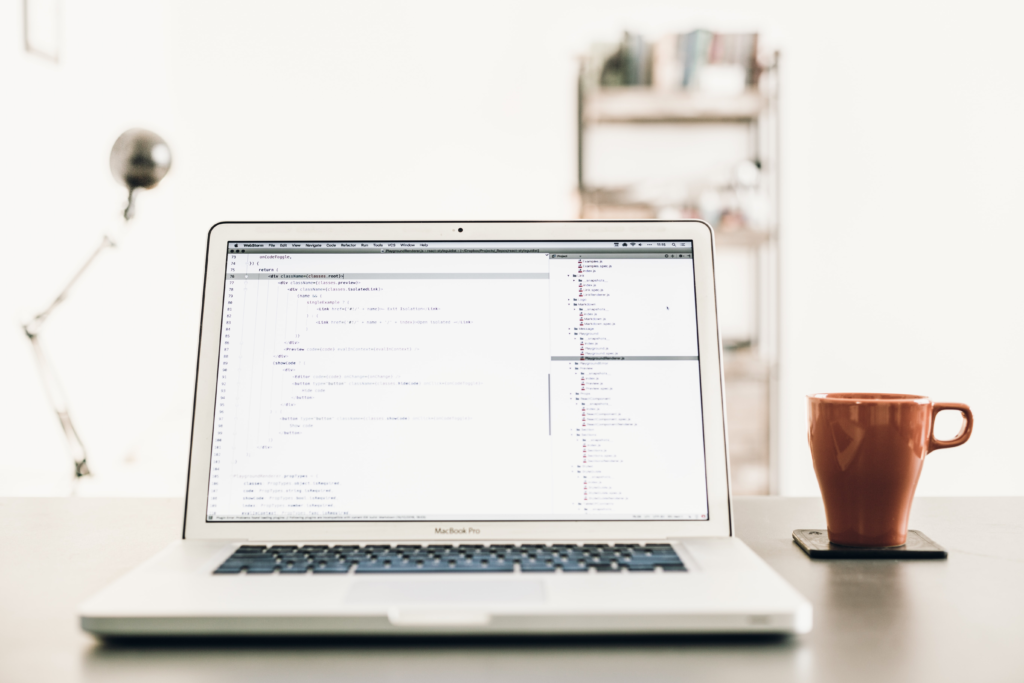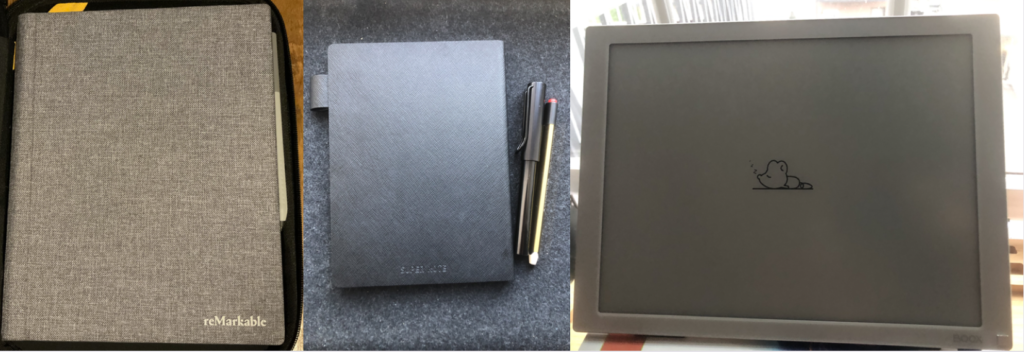E-ink, light in our eyes, and sleep: How are they related?

Technology often intersects with sleep. There are some ways that new technology can help us sleep better, but ultimately, the way that we interact with technology influences how well we sleep. In this article, I will tell a story about my experience with electronic ink tablets, light exposure, work routines, and sleep.
Bright light exposure helps us to stay awake during the day and sleep better during the night. However, light exposure during the nighttime may disrupt sleep. One research study found that people who used light-emitting devices before bed (e.g., iPad, Kindle) felt less sleepy during bedtime and experienced lower quality sleep than those who read a physical book.
Electronic ink (i.e., e-ink), which doesn’t emit light, could help with eye strain from screen use during the day and help reduce light exposure during the night. I wanted to use e-ink for both reasons. I tried several e-ink tablets (Supernote A6x, Remarkable 2, Onyx Boox Nova Air) and one e-ink monitor (Onyx Boox Mira).

My problems couldn’t be fixed with e-ink
Because my problems with eye strain and sleep couldn’t be fixed with e-ink devices, I sold or returned all of the devices that I tried. The real problem for me was that I didn’t take as many breaks as I should have or consistently set clear time boundaries for my work hours.
Staring at screens leads to eye strain
Like many academics, I enjoy my work. I sometimes obsess over it. Because the majority of what we do in academia involves staring at screens to read, write, and analyze data, this can easily lead to eye strain and poor sleep.
If I stare at my computer for hours at a time without taking regular screen breaks, my eyes will start to fatigue. They start to feel like they’re burning. Processing electroencephalogram (EEG) data and handling coding issues for many hours have made me all too familiar with this problem. For context, sleep data from electroencephalogram can have more than 7 hours of recordings that have to be reviewed in short, 30-second segments. That’s 840 frames of sleep data to classify into sleep stages!

An EEG recording showing a few segments of deep sleep (e.g., slow wave sleep).
The more that I would obsess over some problem without taking time to look away from the brightly-lit monitor, the more I irritated my eyes. While typical backlit devices are a common culprit for eye strain, focusing incessantly or too intensely on anything can lead to eye strain (e.g., driving long distances). E-devices may help, but they can’t eliminate eye strain. Our interaction with devices also matter.
Working late and other means of high cognitive arousal often lead to poor sleep
Working too late, regardless of screen type, can impact sleep. If I continue working through the late evening, my sleep health will suffer. Backlit screens contribute to high light exposure that may suppress natural melatonin secretion that helps with falling asleep (read more on light and sleep here). However, regardless of whether I’m using a backlit screen, an e-ink tablet, or even physical paper, work is linked with high cognitive engagement and can lead to pre-sleep arousal. Work comes with many emotions, including excitement, stress, and frustration. When we feel high cognitive arousal before bedtime, research demonstrates that falling asleep takes longer. And, after we fall asleep, it may be more disrupted.
An interesting research study found that using FaceBook before bed was particularly detrimental to sleep when people viewed personally relevant information, even with light filtering (see the main result here). When they viewed relevant information on FaceBook with a light filter, their sleep quality suffered to a similar extent as if they had used no light filtering at all. The researchers concluded that “there is some indication that filtering short wavelength light can have an effect on sleep quality but this seems only to be visible when the content viewed is non-arousing.” Their level of interest in the material likely contributed to high cognitive engagement, making them feel more awake when the information was personally relevant as compared to when it was not relevant. Taken together, the tools that we use are not the only factors that affect our sleep — our cognitive state before bed also matters.
A simple method to sleep better and reduce eye strain
E-ink won’t fix sleep or eye strain on its own. A simple method that I used to help improve my sleep and reduce eye strain was to take more breaks from my work.
Even though I say that this was a “simple method,” it’s not so easy in practice. The root of my attachment issue to my work was impatience. Oliver Burkeman captures this struggle with impatience in Four Thousand Weeks: Time Management for Mortals. He argues that we should be willing to take breaks and resist the fear of not finding a better time to work. This routine practice of being able to disengage, he says, will help build endurance to continue work throughout a career.
I did not trust myself to take regular breaks from my work, and therefore, rest my eyes, because I feared that I would not be able to easily return to it. I would get distracted with something else or lose my place and not be able to finish by my deadline. I am actively learning to deal with these fears. Now, I’m putting practices in place to make sure that I don’t lose focus during short breaks and long breaks.
- Short breaks for my eyes. I (loosely) follow the 20-20-20 rule. For every 20 minutes, people are asked to look 20 feet away from the screen for about 20 seconds. In practice, I just try to look away from time to time. I don’t set timers to look away. And, while looking away, if I am particularly focused, I still type on my laptop. If I’m reading, I keep the ideas in mind. These breaks are just for my eyes, not necessarily from my work.
- Long breaks for my mind. Before I go on a break longer than 10 minutes, I take notes to remind me of what to work on next after my long breaks. Recently, I’ve been using the daily notes in Craft Docs to structure my long breaks. Within my interstitial journal in Craft, I type an arrow symbol and make a bulleted list beneath it to remind myself of where to pick back up on my work. An example of this might include the following:
→
- Revise specific aims page for grant proposal
- Prepare meeting notes for weekly meeting
- Respond to collaborators about manuscript feedback
These practices for long breaks also work well for when the day of work is ending. When I have a plan for what I want to work on the next time, it is easier for me to disengage from my work and feel calm enough to sleep.
A few guiding questions about e-ink for sleep
If you prefer to use backlit devices (e.g., smartphone, tablet) in the late evenings or before bed, you may consider an e-ink device. The following questions may help guide your decision about investing in an e-ink device:
- Is using a backlit device before bedtime disruptive to your sleep?
- How are you engaging with the device? Is there something about what you’re viewing that might be keeping you up?
- Do you still experience sleep disruptions when you don’t use a backlit device near bedtime?
If using a backlit device before bed is noticeably disruptive to your sleep, you may want to try an e-ink device. You may also consider how you’re engaging with the device before bed. For example, reading a relaxing e-book may be conducive to sleep, but scrolling through social media or reading unsettling news may be disruptive to sleep. If sleep disruptions persist regardless of whether you use a backlit device before bed or not, there may be an issue with your sleep apart from the device. You might want to give yourself a sleep audit and consider talking with a trusted medical professional about your sleep.
If you found value in this post and want to say thanks, here are a few ways to support the blog:
- Leave a comment for further discussion.
- Chat with me directly and send feedback, questions, or article requests to emily.c.hokett@gmail.com
- Join Medium and my email list for regular posts (~2x per month, never spam, no ads).
- Buy me a tea🍵 to support the maintenance of the blog.